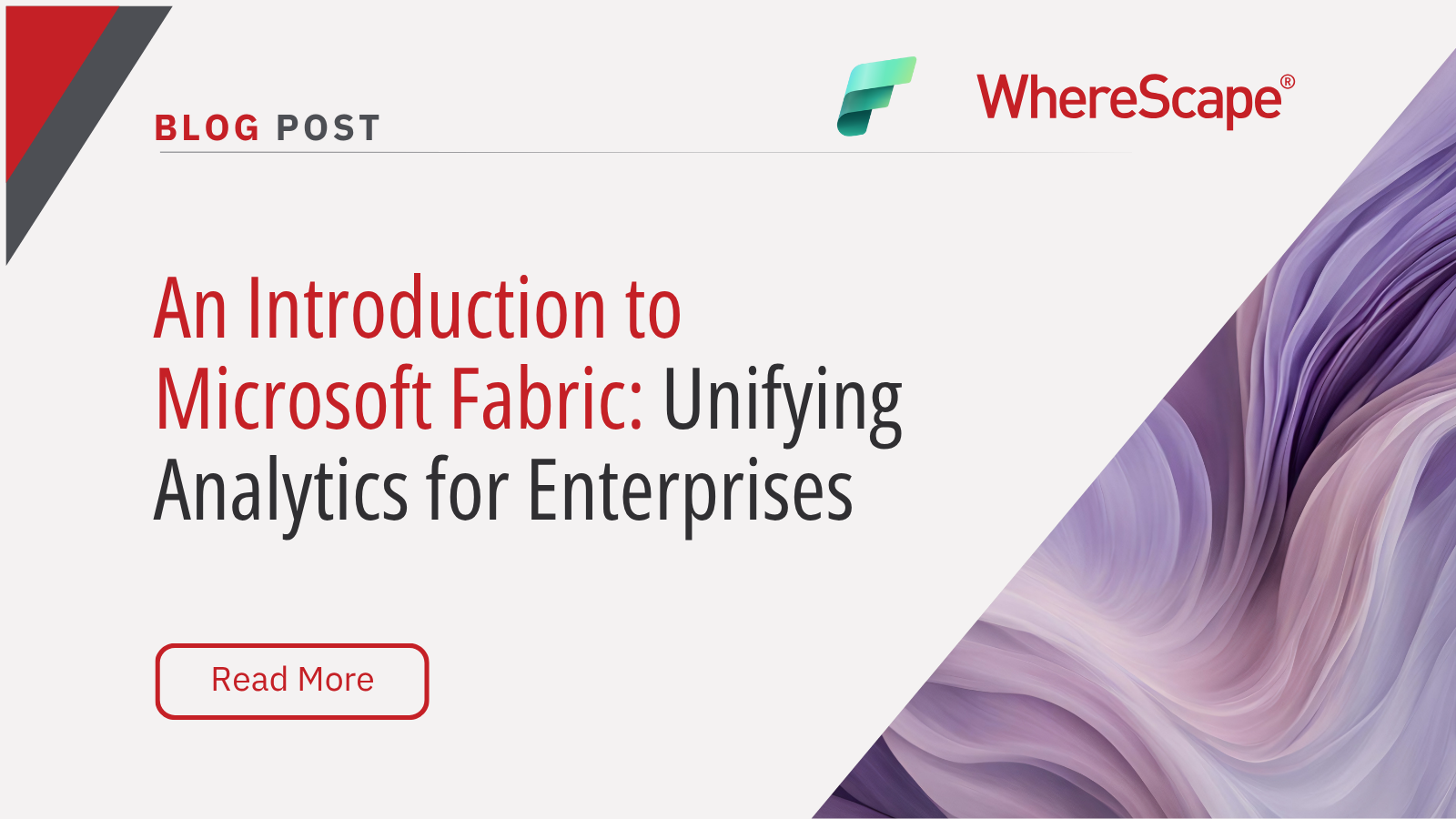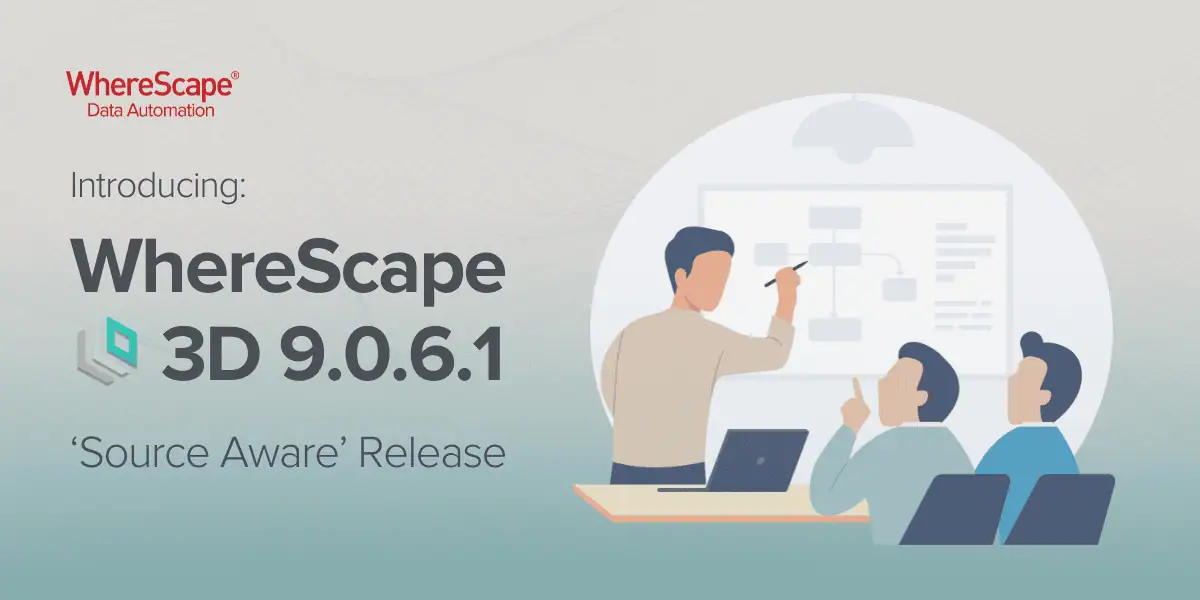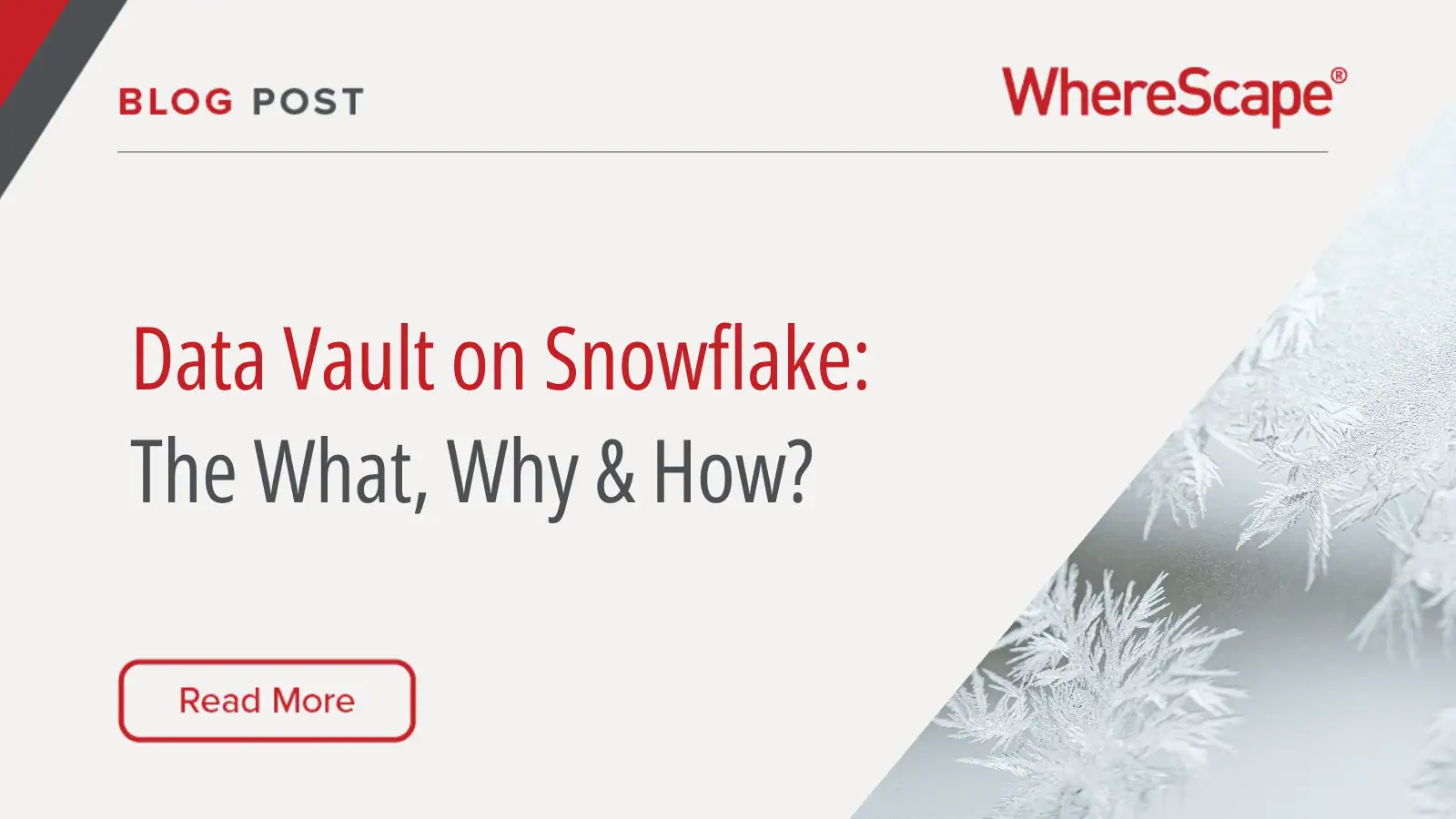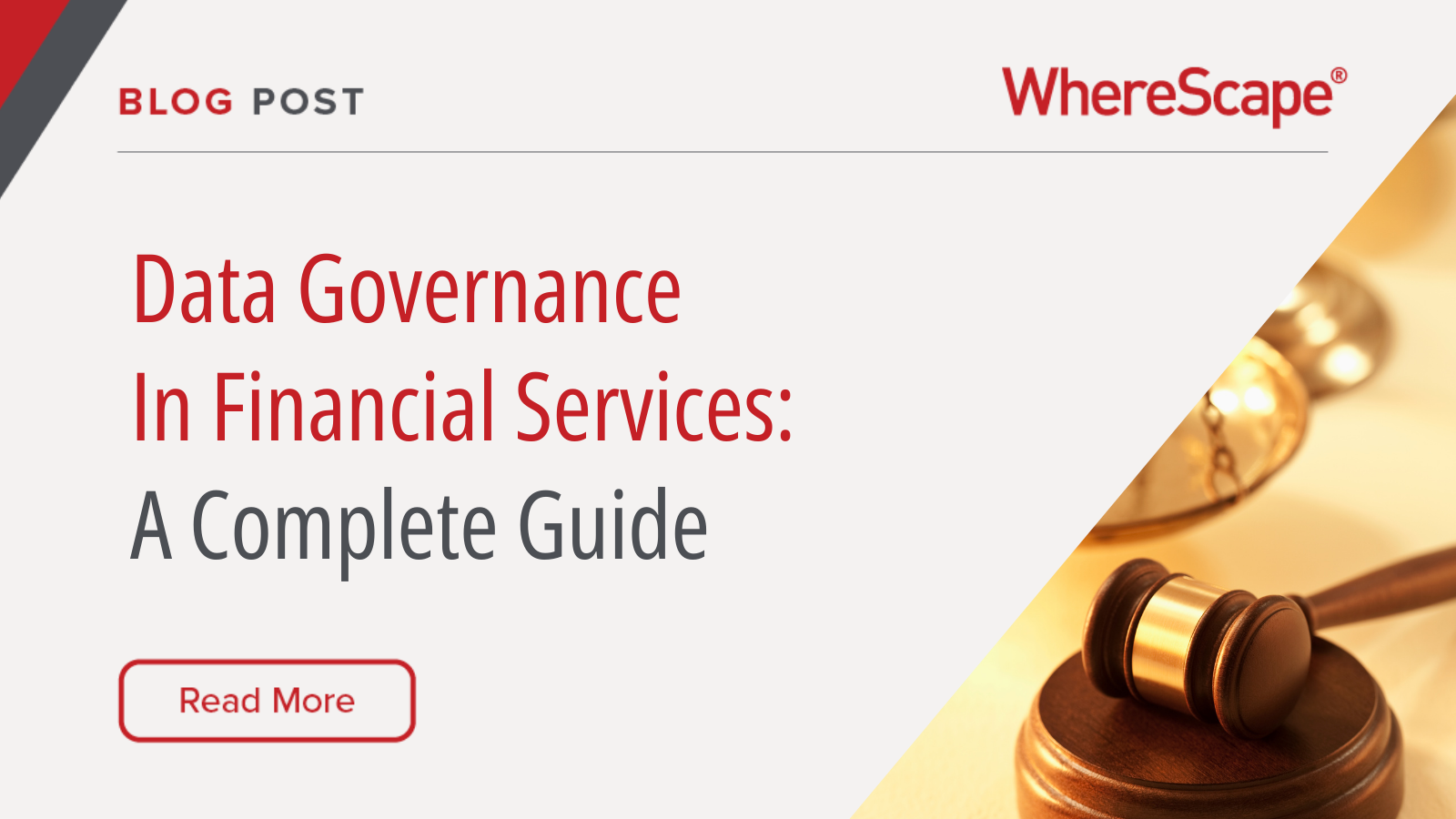In today’s data-driven world, enterprises face an ever-growing demand to harness data efficiently. The complexity of managing diverse and expansive data sources often presents significant challenges. Microsoft Fabric has emerged as a comprehensive solution designed to address precisely these challenges, integrating multiple analytics services into a cohesive, unified platform.
Microsoft Fabric is an enterprise-ready, software-as-a-service (SaaS) analytics platform introduced to simplify how organizations collect, store, transform, analyze, and govern their data. Instead of navigating multiple disparate services, Fabric consolidates essential capabilities under one roof, providing end-to-end coverage of data analytics processes. This unified approach drastically reduces complexity, enabling companies to efficiently turn raw data into actionable insights.
OneLake
At the heart of Fabric lies OneLake, a revolutionary centralized data lake storage solution. Often described as “OneDrive for data,” OneLake simplifies data management by providing a single logical data lake accessible to the entire organization. By using open formats such as Delta, OneLake eliminates the need for redundant data copies across different analytics engines, including SQL warehouses and Spark clusters. Teams across an enterprise can collaborate effortlessly, leveraging a unified data repository that ensures consistency and facilitates seamless data governance.
Fabric Data Factory
The Fabric platform doesn’t stop at unified storage—it extends deeply into integrated data processing. Fabric’s Data Factory, an advanced data integration and ETL/ELT service, simplifies the typically arduous process of data ingestion and transformation. With its intuitive, low-code interface, Data Factory empowers users to build and orchestrate data pipelines from hundreds of data sources, ranging from traditional databases to modern real-time streaming platforms. By incorporating features like “Fast Copy,” Data Factory accelerates data ingestion into OneLake or the Fabric Warehouse, streamlining the preparation of data for analytics and significantly shortening the time to insights.
Fabric Warehouse
Fabric Warehouse, another core component, is Microsoft’s innovative approach to enterprise data warehousing. Unlike traditional warehouses, Fabric Warehouse operates within OneLake, fully embracing the lakehouse paradigm—combining the scalability and flexibility of data lakes with the structured performance of warehouses. Built upon a robust distributed SQL engine, Fabric Warehouse supports complex transactions and queries, offers superior performance at scale, and minimizes manual tuning through intelligent automation. The tight integration of Fabric Warehouse with OneLake ensures that analytics and reporting data remain consistent and immediately accessible.
Power BI
The seamless integration extends further with Power BI, Microsoft’s flagship business intelligence and visualization platform. Power BI, deeply integrated into the Fabric ecosystem, serves as the critical semantic modeling and visualization layer. Users can create sophisticated semantic models directly within Fabric workspaces, enhancing accessibility and ensuring that reports and dashboards always reflect the latest data from OneLake. The inclusion of the Direct Lake mode allows Power BI to query data directly from OneLake without needing separate databases or imports, delivering real-time analytics capabilities that are invaluable in today’s fast-paced business environment.
Purview
Governance, a critical but often challenging aspect of data management, is elegantly addressed through Microsoft Purview integration. Purview becomes the unified governance layer across the Fabric platform, automatically cataloging and managing metadata from various data assets within Fabric. This integration allows enterprises to effortlessly track data lineage, from initial ingestion through transformation, storage, and finally to visualization in Power BI. By providing comprehensive visibility and robust compliance features, Purview integration ensures that governance practices scale effectively with data growth and complexity.
Architecture & Analytics
Microsoft Fabric’s architecture actively supports modern data management methodologies like the medallion architecture and data mesh principles. By encouraging a structured progression of data from raw (Bronze), refined (Silver), to analytics-ready (Gold), Fabric simplifies data quality management and traceability. Additionally, the platform’s support for domain-oriented data ownership aligns seamlessly with data mesh strategies, empowering decentralized teams while maintaining overarching governance and facilitating cross-domain data sharing through OneLake.
By unifying data movement, processing, analytics, and governance into a single, integrated platform, Microsoft Fabric dramatically simplifies the analytics workflow. Technical teams benefit from an integrated toolkit that reduces the overhead of manual integration and siloed operations. Meanwhile, business users enjoy accelerated access to high-quality, governed data without the need to understand the technical complexities involved.
Conclusion
In conclusion, Microsoft Fabric represents a transformative step in enterprise analytics. By bringing previously separate analytics capabilities into a cohesive, powerful, and accessible SaaS analytics platform, Fabric empowers organizations to streamline their analytics operations, reduce complexity, and accelerate data-driven decision-making across all levels of the enterprise. What could you and your team achieve with streamlined operations and a greatly reduced reliance on manual integrations?
About the Author
Patrick O’Halloran is a Senior Solutions Architect at WhereScape with over two decades of experience in data warehousing and analytics. He works with global organizations to implement automated data infrastructure using WhereScape RED and 3D, helping teams scale their data operations efficiently and reliably.




